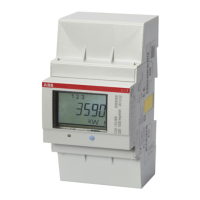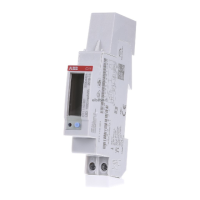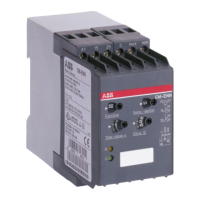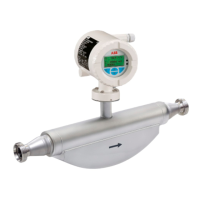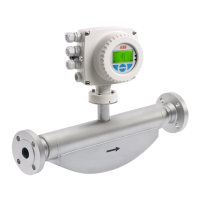16
Alarm Activated
302
795
AL
RMT
AT
MAN
302
802
AL
RMT
AT
MAN
ACKNLG
ALArM5
AL
RMT
AT
MAN
A2HPrC
800
AL
RMT
AT
MAN
A2HPrC
ACKNGd
AL
RMT
AT
MAN
Control Faceplate
AL
RMT
AT
MAN
100.3
200.5
AL
RMT
AT
MAN
100.3
200.5
No LED illuminated indicates no alarms
activer and the
Alarm Acknowledge Page
is not displayed in the Operator Level.
A flashing LED indicates that an
unacknowledged alarm is active.
A constant LED indicates that all active
alarms have been acknowledged.
AL
RMT
AT
MAN
100.3
200.5
…5 CONTROL OPERATION
5.3 Alarm Acknowledge Page
5.3.1 Alarm Indications – Fig. 5.5
The definitions for alarm states (on, off or flashing) are detailed in
Fig. 5.5.
5.3.2 Acknowledging Alarms
Unacknowledged alarms can be acknowledged from the
faceplates on the front of the instrument in two ways:
In the
Operating Level – by pressing the key at any frame
(providing the key is programmed for this function – see
Section 5.1 in the
Programming Manual). The key
acknowledges all alarms from either faceplate.
In the
Alarm Acknowledge Page – by pressing the key –
see Section 5.3.3 following.
Note. In the Alarm Acknowledge Page Channel 1
alarms can be acknowledged only from faceplate 1.
Channel 2 alarms (if applicable) can be acknowledged
only from faceplate 2.
5.3.3 Using the Alarm Acknowledge Page
No Alarm Active
No LED indicators illuminated.
Alarm Active
AL LED indicator flashing,
indicating an active alarm on
this channel.
Use the
key to return to top
of Alarm Acknowledge Page.
Alarm Acknowledge Page
Use the
key to advance to
next frame.
Alarm Identity
Upper display: shows the alarm
identity and type.
Lower Display: shows the trip
level of the alarm identified in
the upper display.
Acknowledge Alarm
Use the
key to
acknowledge the alarm. When
the alarm is acknowledged,
'
ACKNGd' is displayed and a
constant LED indicates the
acknowledged alarm.
If there are more active alarms
on the selected channel the
LED continues to flash until all
alarms for this channel have
been acknowledged.
Fig. 5.5 Alarm LED Indications
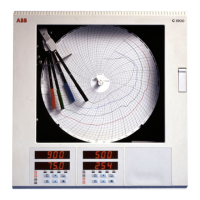
